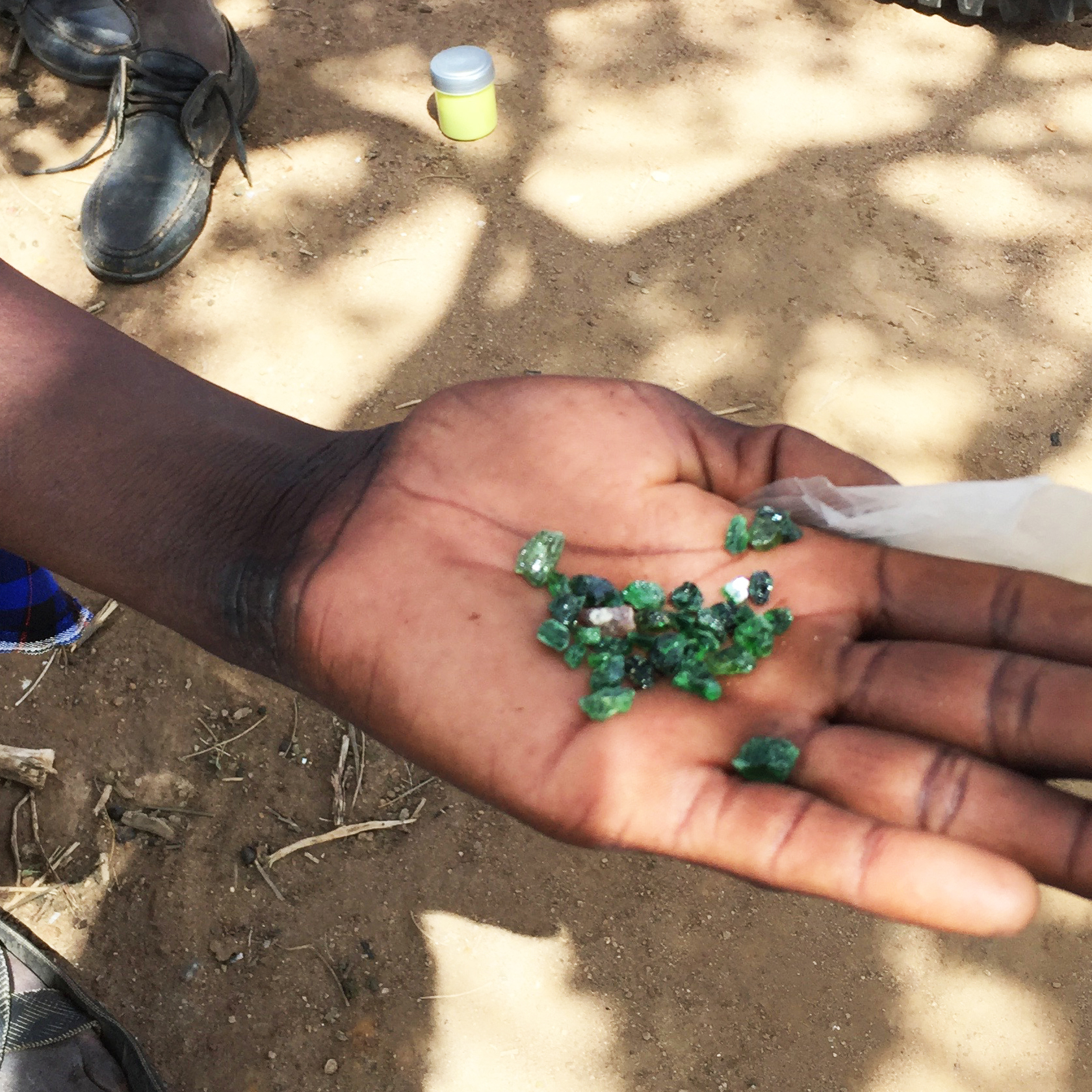Research Interests
Resources and Communities in the Department of Mining Engineering
“Research is formalized curiosity. It is poking and prying with a purpose.”
–Zora Neale Hurston
Featured Project
Responsible Mining, Resilient Communities: Socio-technical approaches to artisanal and small-scale gold mining in Colombia and Peru
Our goal is to co-design socially responsible and sustainable mining practices with communities, engineers, and natural and social scientists.
Current Research Interests

Responsible Mining, Resilient Communities
Responsible Mining, Resilient Communities: Socio-technical approaches to artisanal and small-scale gold mining in Colombia and Peru
Project synopsis
We are an interdisciplinary, multi-institution, and global research collaboration funded by the US National Science Foundation. Our goal is to co-design socially responsible and sustainable mining practices with communities, engineers, and natural and social scientists.
Graduate Students
Gerardo Martinez
Isabel Casasbuenas Cabezas
Rosalie O’Brien
FUNDING SOURCE: National Science Foundation Partnerships for International Research and Education (NSF-PIRE) (2018-2022)

Artisanal and small-scale gold mining (ASGM) takes place primarily in the developing world in both the formal and informal sectors. It is generally characterized by relatively simple technologies and lower yields as compared to large-scale industrial mining. Approximately 30% of the gold used worldwide comes from ASGM. This gold is used in jewelry, finances, electronics, aerospace, and medicine.
This style of mining has become a matter of global concern because of its environmental and health impacts. Artisanal mining is a leading cause of deforestation in places such as the Amazon. To process the ore, miners often use mercury – an element that is highly toxic. Using mercury is harmful to the environment, because it contaminates the air, water, and soil, and causes deforestation. Mercury is also harmful to humans and causes chronic diseases. However, ASGM is an important way of life for millions of people around the world. Efforts to change this practice by using mercury-free alternatives have not been widely adopted in part because they have not been designed with miners’ concerns and needs in mind. Our project will improve this effort by working together with miners and affected communities in Colombia and Peru. Our mission is to jointly design, implement, and evaluate ASGM technologies and practices. In this way, the people most directly impacted will have a voice in deciding which alternative methods for mining and mineral processing are most fitting.
Research Products
Smith, Nicole M., J. Lucena, J. Smith, O.J. Baena Restrepo, G. Aristizabal, A. Delgado. A. 2018. Framework for Research and Education on Artisanal and Small-Scale Mining in Latin America. International Journal of Georesources and Environment.4(3): 99-104. https://doi.org/10.15273/ijge.2018.03.017
Voces Mineros workshops in Colombia (Voces Mineros I) and Peru (Voces Mineros II) with miners, government, NGOs, and academics.

Gold Supply Chains in Peru
Mapping, Modeling, and Optimizing the Disruption of Illicit Gold Supply Chains in Peru
Project synopsis
This award will advance human health and well-being, contribute to national security, and advance science through a better understanding of illicit mineral supply chains and ways to disrupt them. Currently in Peru, a large portion of the gold exports are illegal, and other materials central to mining activities are also trafficked, including mercury, explosives, and equipment. However, there are no organized records of illicit activities related to the gold supply chain in Peru, which presents a significant challenge in making decision to combat them and results in the loss of billions of dollars every year. Furthermore, it is nearly impossible to address the conditions (e.g. child labor and human trafficking) that can be associated with these illicit supply networks and which often extend across international borders. Through an examination of the various networks within and outside of Peru that comprise and facilitate the illicit gold supply chain, this research will advance knowledge of the illicit gold supply chain in Peru and expand the methodological toolbox used to evaluate and understand mineral and other illicit supply chains globally. This project will also train STEM graduate students in interdisciplinary research methodologies and provide them with opportunists to engage in research with societal impacts.
Research Team
Faculty
Drs. Nicole Smith, Sebnem Duzgun, Tulay Flamand
Collaborators
The Payne Institute, Sustainable Development Strategies Group (SDSG)
FUNDING SOURCE: National Science Foundation, 2020 – 2022

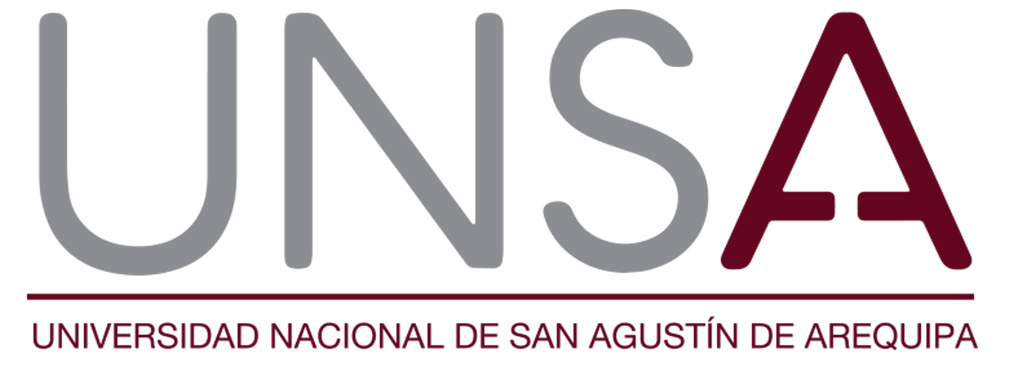
Center for Mining Sustainability
Center for Mining Sustainability: A partnership between the Universidad Nacional de San Augustin, Arequipa, Peru and the Colorado School of Mines
Project synopsis
This research is being conducted under a partnership between the Universidad Nacional de San Augustin, Arequipa, Peru (UNSA) and the Colorado School of Mines. The collaboration spans nine different research projects on topics related to mining and sustainability in Arequipa, Peru. Our research team is investigating geohazard risk perceptions and mitigation strategies and the introduction and adoption of water treatment technologies in artisanal and small-scale mining communities.
Postdoctoral Research Fellow
Dr. Aaron Malone
FUNDING SOURCE: UNSA (2019-2020)
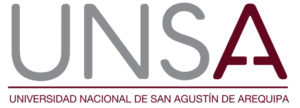
![]()

Artisanal and small-scale gold mining in Peru
Artisanal and small-scale gold mining in Peru: Mercury use and responsible supply chains
Project synopsis
This project is taking place in Peru and focuses on mercury use in artisanal and small-scale mining communities. It is also providing women in rural areas of Peru with the opportunity to partner with a woman-owned jewelry company in Lima. For more information on this project, click here.
FUNDING SOURCE: US Department of State (2016-2019)
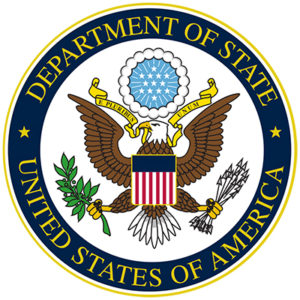
COLLABORATORS: ARM, AGC, CIRDI, PUCP, UTEC, Sissai
Research Products:
Smith, N.M. 2019. “Our gold is dirty, but we want to improve”: Challenges to addressing mercury use in artisanal and small-scale gold mining in Peru. Journal of Cleaner Production. 222 (646-654). https://doi.org/10.1016/j.jclepro.2019.03.076
Sustainable Development Indicators
Sustainable Development Indicators
Project synopsis
This project is focused on developing a framework for assessing the mining and oil and gas industries’ contributions to sustainable development. Through the creation of a dynamic indicator based framework, companies and governments will be able to track and quantify contributions to sustainable development over time (i.e. phases of the mining operation) and space (local, regional, national)
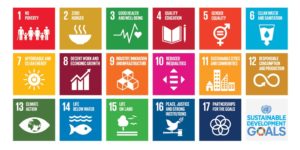
Research Team
Faculty: Drs. Nicole Smith and Sebnem Duzgun
PhD student: Cansu Perdeli
Mines Undergraduate Research Fellow (MURF): Aurora Waclawski
FUNDING SOURCE
![]()
Previous Projects
Engineering Education and Corporate Social Responsibility
Engineering Education and Corporate Social Responsibility
Project synopsis
This research was funded by the National Science Foundation and had two key goals. First, we used ethnographic methods to discover from engineers practicing in the extractive industries: a) what they viewed to be the primary social and environmental challenges of their work, and how these challenges shaped their work as engineers; and b) what role particular undergraduate experiences (assignments or projects; courses; programs of study, such as minors; extracurricular activities; participation in student groups or professional associations; field sessions and internships) played (or did not play) in preparing them to navigate these challenges. Second, in concert with faculty from two other universities with large mining and petroleum engineering undergraduate programs, we used this data to inform and transform the educational experiences of engineers pursuing careers in extractive industries.
FUNDING SOURCE: NSF

Research Team
Faculty: Drs. Jessica M. Smith & Nicole Smith
Research Products
Smith, Nicole M., J.M. Smith, L.A. Battalora, B.A. Teschner. 2018. Industry-University Partnerships: Engineering Education and Corporate Social Responsibility. Journal of Professional Issues in Engineering Education and Practice. 144(3). https://doi.org/10.1061/(ASCE)EI.1943-5541.0000367
Smith, Jessica M. and N.M. Smith. 2018. Engineering and the Politics of Commensuration in the Mining and Petroleum Industries. Engaging Science, Technology, and Society. 4: 67-84. https://doi.org/10.17351/ests2018.211
Smith, Jessica M., C.J. McClelland, N.M. Smith. 2017. Engineering Students’ Views of Corporate Social Responsibility: A Case Study from Petroleum Engineering. Science and Engineering Ethics. 23(6): 1775-1790. https://doi.org/10.1007/s11948-016-9859-x
Interactions Between Large And Small-Scale Mining In Suriname
Interactions Between Large And Small-Scale Mining In Suriname
Project synopsis
This project was funded by Newmont Mining Corporation and the Environmental Protection Agency (EPA). The funding from Newmont was used to understand the interactions between large- and artisanal and small-scale gold mining operations in a contentious mining area in the Amazon rainforest in Suriname. It included ethnographic and engineering fieldwork in Suriname. The funding from the EPA P3 program (People, Prosperity, and the Planet) drew from this research and was used to support a senior design team at Mines to develop a mercury reduced mineral processing system for artisanal and small-scale miners in Suriname. The senior design team presented their prototype at the 2017 EPA P3 student expo in Washington D.C.
FUNDING SOURCE: EPA and Newmont Mining


Research Team
Faculty: Dr. Nicole Smith and Benjamin Teschner
Research Products
Teschner, Benjamin, N.M. Smith, T. Borillo-Hutter, Z. Quaghe John, A. Wong. 2017. How efficient are they really? A minimally invasive testing method of small-scale gold miners’ gravity separation systems in the Guianas. Minerals Engineering, 105: 44-51. https://doi.org/10.1016/j.mineng.2017.01.005
Smith, Nicole M., J.M. Smith, Z. Quaghe John, B. 2017. Teschner.Promises and Perceptions in the Guianas: The Making of an Artisanal and Small-Scale Mining Reserve. Resources Policy, 51: 49-56. https://doi.org/10.1016/j.resourpol.2016.11.006
Maasai Tanzanite traders in Northern Tanzania
Maasai Tanzanite traders in Northern Tanzania
Project synopsis
This research was conducted for Dr. Smith’s PhD dissertation on Maasai gemstone traders in northern Tanzania. For a year, she lived in a Maasai community and examined the impacts of a new livelihood strategy involving tanzanite trading. Her research focused on how livelihood diversification can have unexpected implications for households and communities, including shifts in gender relations, new forms of power and prestige, and the emergence of witchcraft and zombie narratives.
FUNDING SOURCE: NSF

Research Team
Faculty: Dr. Nicole Smith
Research Products
Smith, Nicole M. 2016. “No Cow Makes This Sort of Profit”: Capital, Success, and Maasai Gemstone Traders in Tanzania. The Extractive Industries and Society, 3(2): 442-449. https://doi.org/10.1016/j.exis.2016.02.008
Smith, Nicole M. 2015. Gender and Livelihood Diversification: Maasai Women’s Market Activities in Northern Tanzania. The Journal of Development Studies, 15(3): 305-318. https://doi.org/10.1080/00220388.2014.957278
McCabe, J. Terrence, N.M. Smith, P.W. Leslie, and A. Telligman. 2014. Livelihood Diversification through Migration among a Pastoral People: A Case Study of Maasai from Northern Tanzania. Human Organization 73(4): 389-400.
